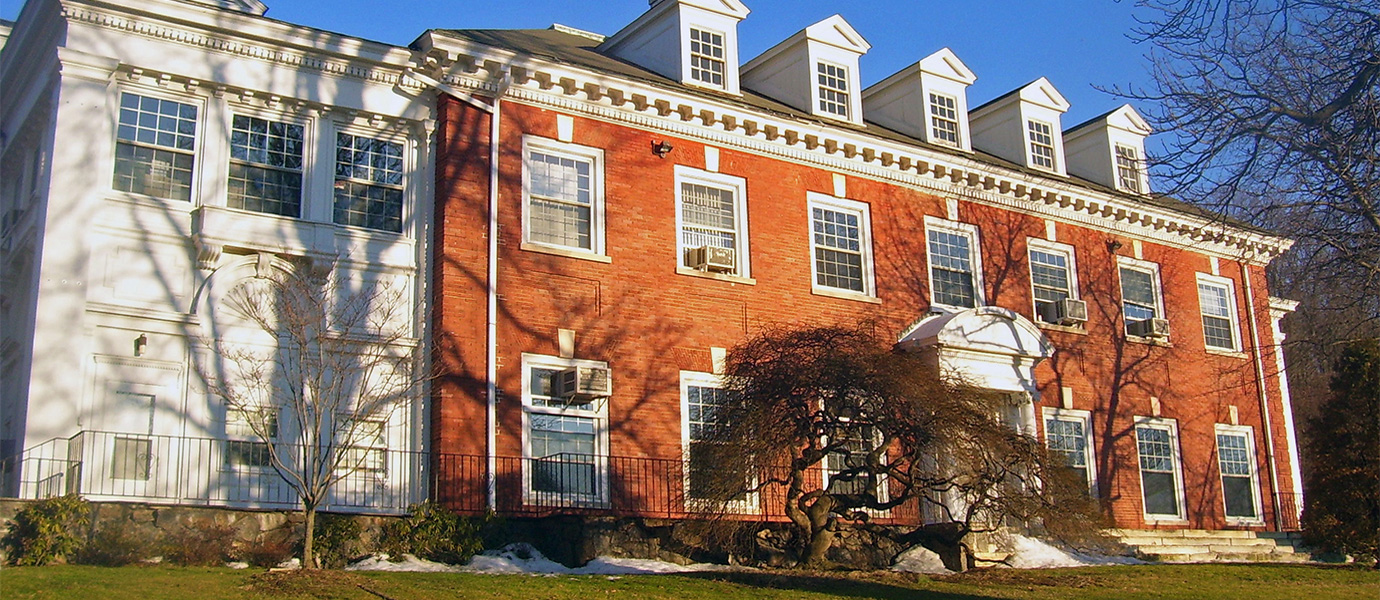ABOUT
Fort Dobbs State Historic Site
Fort Dobbs State Historic Site remains a unique glimpse into the pre-Revolutionary War period. The fort served in the French and Indian War, defining the frontier of the British Empire in western North Carolina. Named after royal governor of North Carolina Arthur Dobbs, the 18th-century fort is located in the Yadkin–Pee Dee River Basin region. Students, scouts, homeschoolers, and campers can view a variety of war-related artifacts in the Visitor Center, which detail the fort’s archaeological history and excavations. Groups can take walks on the site’s nature trail and enjoy playtime in the playground. Fort Dobbs State Historic Site offers several living history programs and hosts a variety of events throughout the year.
contact info
Hrs: Tues.-Sat. 9AM-5PM.
HELPFUL LESSON PLAN(S)
Prepared by FieldTripDirectory.com
Historic Site Lesson Plan
FUN FACTS
Philadelphia’s Independence Hall, where the Declaration of Independence and Constitution were signed; Boston’s Old State House, where the Boston Massacre and the American Revolution began; Washington D.C.’s National Mall, where Martin Luther King, Jr. delivered his “I Have a Dream” speech; Virginia’s Jamestown settlement, the country’s first colony; Charleston’s Fort Sumter, where the first shots of the Civil War were fired; New York’s Statue of Liberty and Ellis Island, where millions of immigrants were introduced to their new home. All of these sites, significant to America’s history, can be visited, toured, and admired. While visiting one of the many historical sites around the country, consider the importance in preserving these sites.
View Lesson Plan>>ABOUT
Fort Dobbs State Historic Site
Fort Dobbs State Historic Site remains a unique glimpse into the pre-Revolutionary War period. The fort served in the French and Indian War, defining the frontier of the British Empire in western North Carolina. Named after royal governor of North Carolina Arthur Dobbs, the 18th-century fort is located in the Yadkin–Pee Dee River Basin region. Students, scouts, homeschoolers, and campers can view a variety of war-related artifacts in the Visitor Center, which detail the fort’s archaeological history and excavations. Groups can take walks on the site’s nature trail and enjoy playtime in the playground. Fort Dobbs State Historic Site offers several living history programs and hosts a variety of events throughout the year.
contact info
Hrs: Tues.-Sat. 9AM-5PM.
HELPFUL LESSON PLAN(S)
Prepared by FieldTripDirectory.com
Historic Site Lesson Plan
FUN FACTS
Philadelphia’s Independence Hall, where the Declaration of Independence and Constitution were signed; Boston’s Old State House, where the Boston Massacre and the American Revolution began; Washington D.C.’s National Mall, where Martin Luther King, Jr. delivered his “I Have a Dream” speech; Virginia’s Jamestown settlement, the country’s first colony; Charleston’s Fort Sumter, where the first shots of the Civil War were fired; New York’s Statue of Liberty and Ellis Island, where millions of immigrants were introduced to their new home. All of these sites, significant to America’s history, can be visited, toured, and admired. While visiting one of the many historical sites around the country, consider the importance in preserving these sites.
View Lesson Plan>>ABOUT
Fort Dobbs State Historic Site
Fort Dobbs State Historic Site remains a unique glimpse into the pre-Revolutionary War period. The fort served in the French and Indian War, defining the frontier of the British Empire in western North Carolina. Named after royal governor of North Carolina Arthur Dobbs, the 18th-century fort is located in the Yadkin–Pee Dee River Basin region. Students, scouts, homeschoolers, and campers can view a variety of war-related artifacts in the Visitor Center, which detail the fort’s archaeological history and excavations. Groups can take walks on the site’s nature trail and enjoy playtime in the playground. Fort Dobbs State Historic Site offers several living history programs and hosts a variety of events throughout the year.
contact info
Hrs: Tues.-Sat. 9AM-5PM.
HELPFUL LESSON PLAN(S)
Prepared by FieldTripDirectory.com
Historic Site Lesson Plan
FUN FACTS
Philadelphia’s Independence Hall, where the Declaration of Independence and Constitution were signed; Boston’s Old State House, where the Boston Massacre and the American Revolution began; Washington D.C.’s National Mall, where Martin Luther King, Jr. delivered his “I Have a Dream” speech; Virginia’s Jamestown settlement, the country’s first colony; Charleston’s Fort Sumter, where the first shots of the Civil War were fired; New York’s Statue of Liberty and Ellis Island, where millions of immigrants were introduced to their new home. All of these sites, significant to America’s history, can be visited, toured, and admired. While visiting one of the many historical sites around the country, consider the importance in preserving these sites.
View Lesson Plan>>ABOUT
Fort Dobbs State Historic Site
Fort Dobbs State Historic Site remains a unique glimpse into the pre-Revolutionary War period. The fort served in the French and Indian War, defining the frontier of the British Empire in western North Carolina. Named after royal governor of North Carolina Arthur Dobbs, the 18th-century fort is located in the Yadkin–Pee Dee River Basin region. Students, scouts, homeschoolers, and campers can view a variety of war-related artifacts in the Visitor Center, which detail the fort’s archaeological history and excavations. Groups can take walks on the site’s nature trail and enjoy playtime in the playground. Fort Dobbs State Historic Site offers several living history programs and hosts a variety of events throughout the year.
contact info
Hrs: Tues.-Sat. 9AM-5PM.
HELPFUL LESSON PLAN(S)
Prepared by FieldTripDirectory.com
Historic Site Lesson Plan
FUN FACTS
Philadelphia’s Independence Hall, where the Declaration of Independence and Constitution were signed; Boston’s Old State House, where the Boston Massacre and the American Revolution began; Washington D.C.’s National Mall, where Martin Luther King, Jr. delivered his “I Have a Dream” speech; Virginia’s Jamestown settlement, the country’s first colony; Charleston’s Fort Sumter, where the first shots of the Civil War were fired; New York’s Statue of Liberty and Ellis Island, where millions of immigrants were introduced to their new home. All of these sites, significant to America’s history, can be visited, toured, and admired. While visiting one of the many historical sites around the country, consider the importance in preserving these sites.
View Lesson Plan>>
